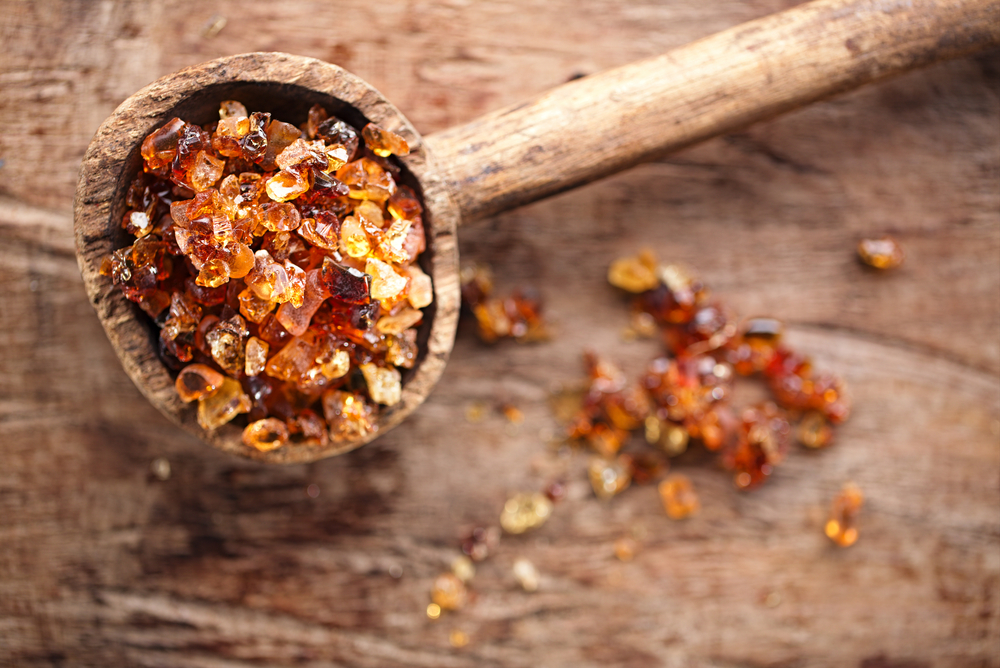Edible Gum from Acacia Tree Improved Anti-Oxidant Defense in Sickle Cell Patients, Study Finds
Written by |

Dietary intake of gum arabic (GA), a water-soluble, natural gum obtained from the acacia tree, seems to improve anti-oxidant defense in patients with sickle cell anemia, according to the results of a Phase II clinical trial.
The study “Gum Arabic as novel anti-oxidant agent in sickle cell anemia, phase II trial” was published in the journal BMC Hematology.
Sickle cell anemia patients exhibit high levels of oxidative stress as a result of chronic inflammation. Oxidative stress is an imbalance between the production of damaging agents (free radicals) and our ability to fight them back by generating antioxidants.
This loss of equilibrium (also known as homeostasis) contributes to cell dysfunction in these patients, which can impact several organs. These data suggest that drugs increasing cells’ antioxidant capacity may improve the clinical outcomes of sickle cell anemia patients.
“GA, edible, dried, gummy exudates from Acacia Senegal tree, has been claimed to act as an anti-oxidant and cytoprotective agent, protecting against experimental hepatic, renal and cardiac toxicities in rats,” the researchers explained.
They hypothesized that regular intake of GA would benefit these patients. To test their hypothesis, researchers performed a small clinical trial (NCT02467257) to investigate the effect of oral administration of GA in patients’ anti-oxidant capacity.
In total, the study recruited 47 Sudanese patients (aged 5–42 years) with sickle cell anemia. They received 30 grams of GA per day for 12 weeks. At the end of that period, researchers collected blood samples from all participants and assessed patients’ antioxidant capacity, while measuring also the levels of two specific markers of oxidative stress – malondialdehyde (MDA) and hydrogen peroxide (H2O2) – before and after GA intake.
The analysis showed that GA significantly increased patients’ antioxidant defenses, particularly by increasing the levels of key players in the antioxidant machinery, such as the enzymes (special proteins) superoxide dismutase (SOD), catalase and glutathione.
Moreover, GA reduced the levels of oxidative markers MDA and H2O2, a phenotype also observed when GA was tested in a previous study in a chronic renal failure (CRF) animal model (for MDA only). These findings suggest GA has protective effects against oxidative stress and tissue damage in these patients.
The scientists believe this is the first study showing the potent anti-oxidative effects of GA in humans.
“The increased intake of dietary antioxidants from GA may help to maintain an adequate antioxidant defense status and consequently contribute to the management of sickle cell disease,” the researchers concluded.





